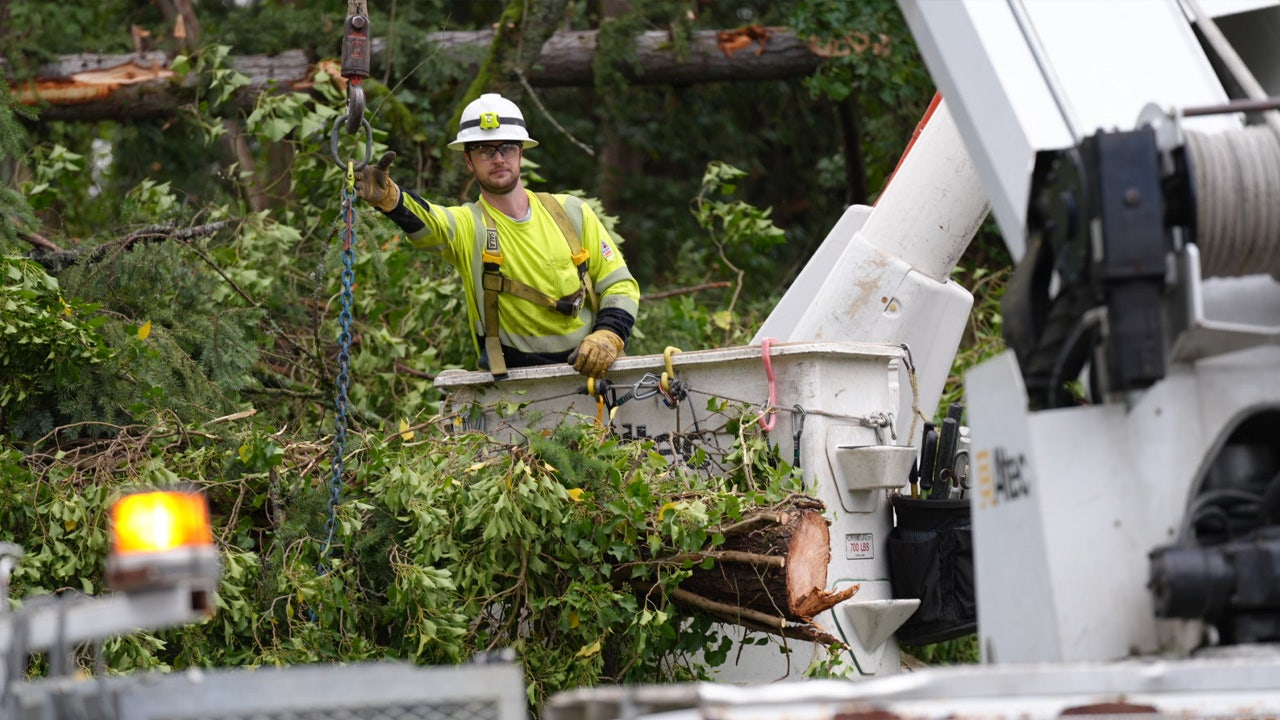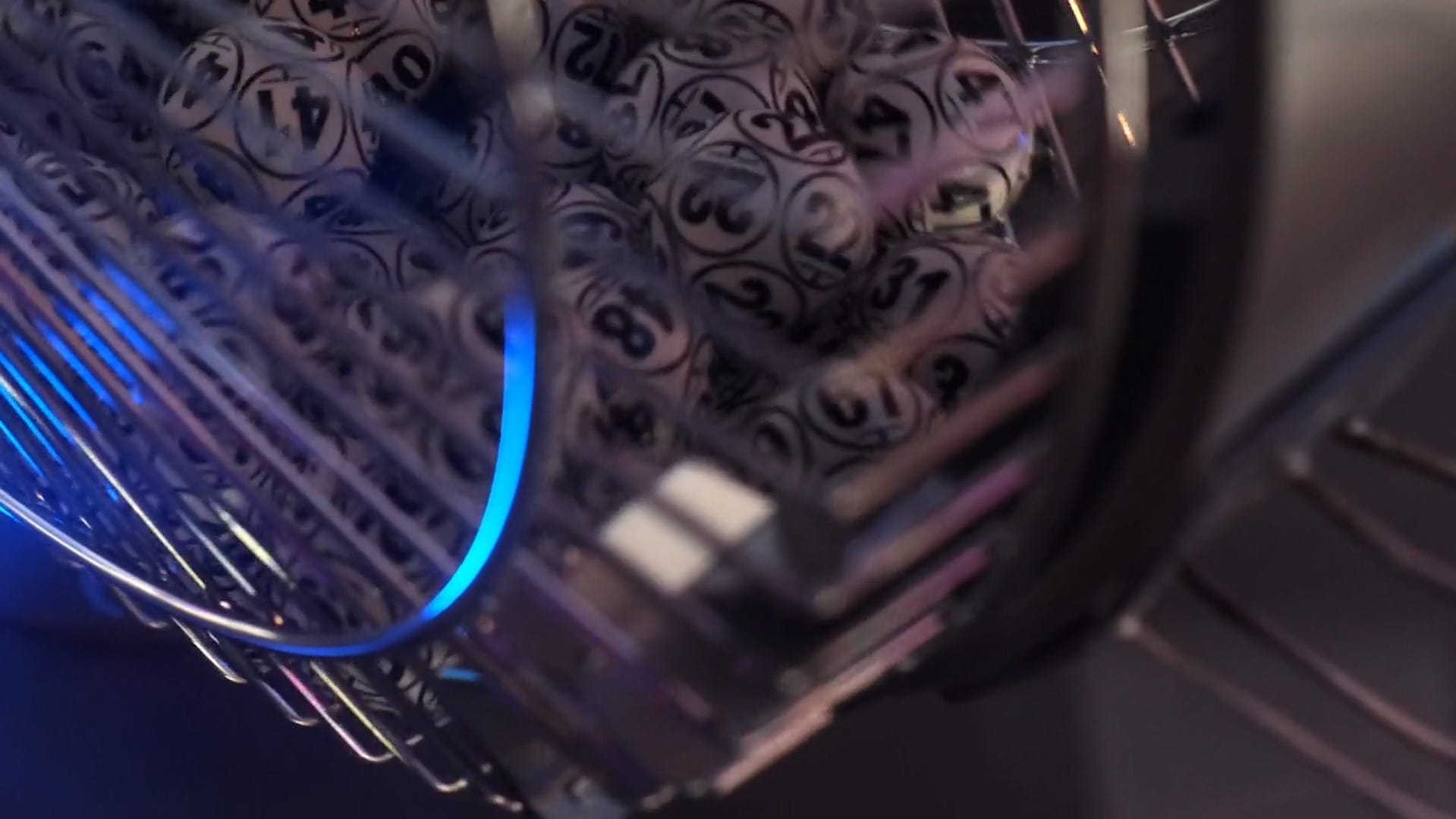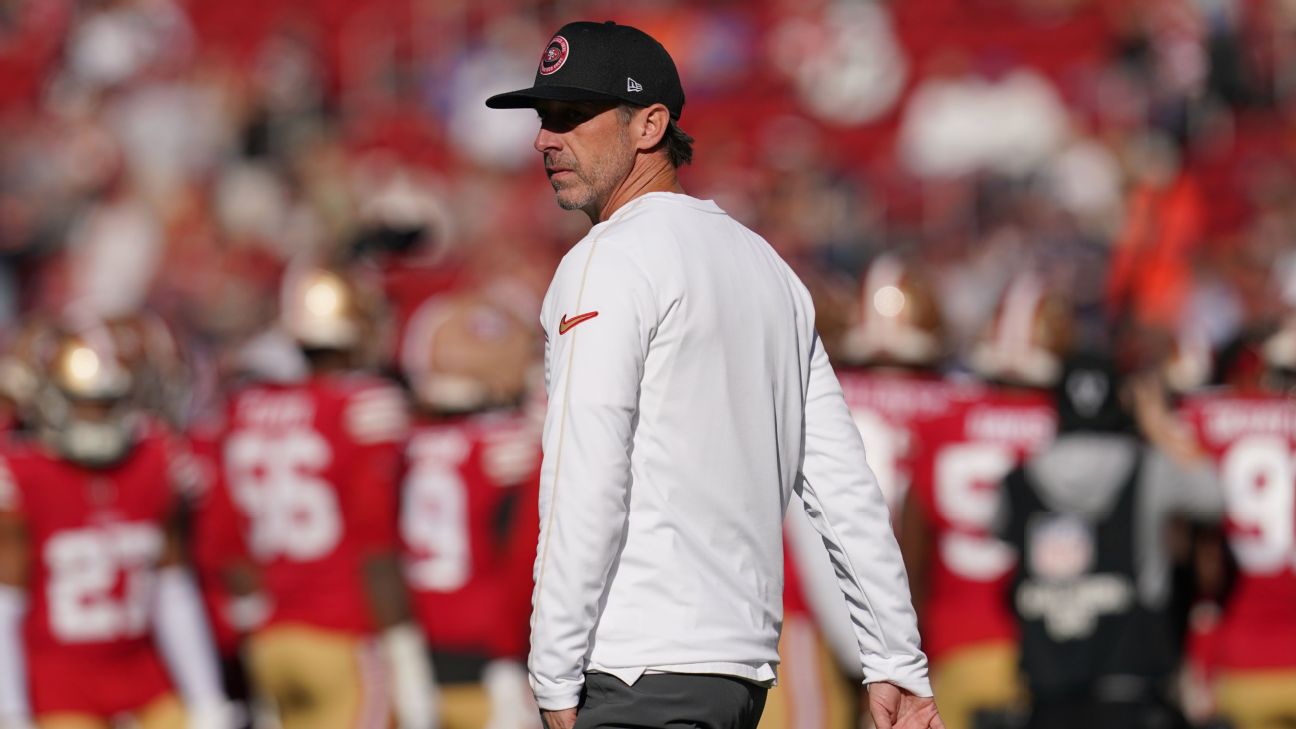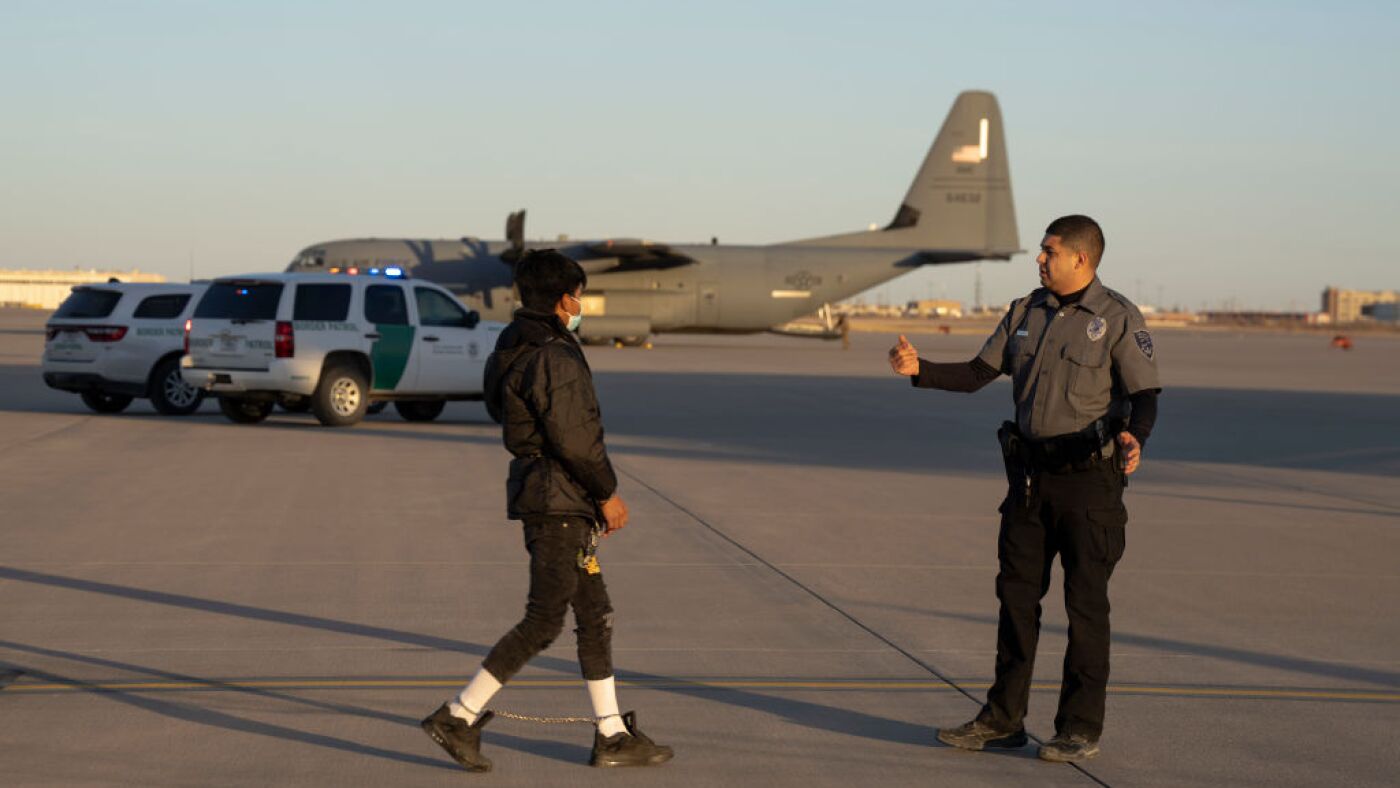Rhode Island
Washington Bridge closure sends RI officials scrambling, commuters gridlocked

PROVIDENCE − As he went about his work on Friday, a “young” as yet unnamed engineer working on the reconstruction of the Route 195 Washington Bridge noticed something unusual in the steel holding up the span.
He called over a supervisor and three days later on Monday afternoon the highway used by 90,000 drivers to cross the Seekonk River each day was suddenly closed, gridlocking the Providence metro area and severing the key connection between the east and west halves of the state.
Common Cause Rhode Island Executive Director John Marion Jr. spent four hours and 32 minutes trying to get from Tiverton to a state Ethics Commission meeting in Providence. He didn’t make the meeting.
“It’s chaos,” Marion tweeted. “People are cutting though every street in EP desperately trying to find a way to a Henderson [Bridge] approach. The main thoroughfares are parking lots … More than 1.5 hours and moved about 200 feet.”
With weeks of traffic jams and travel delays on the horizon, Rhode Island leaders Tuesday scrambled to explain what happened and minimize the disruption as much as possible.
Gov. Dan McKee called it “an event that cannot be avoided and cannot be predicted.”
State Department of Transportation Director Peter Alviti Jr. said “we averted a major catastrophe here.”
Morning commutes of a half hour or 45 minutes ballooned into two-hour, four-hour or even five-hour ordeals. The side streets in East Providence and parts of Providence’s East Side flooded with cars.
East Providence schools dismissed students early. School sports in some East Bay schools were canceled and La Salle Academy considered allowing East Bay students to attend class remotely.
After a lull in midday, traffic seized up again as the sun went down and the evening commute began. On traffic cameras, drivers were seen leaving their cars.
To restore the road connection between Providence and East Providence, the DOT is planning to build a temporary bypass that will allow two lanes of westbound Route 195 traffic to use two lanes of the eastbound span.
Alviti said he expects to open that temporary crossing within two weeks and is working to do it even sooner.
The repairs needed to reopen the westbound span are expected to take three months.
“It’s an all-hands-on-deck kind of operation that we’re in right now,” Alviti said.
Severed rods from beams
The problem first spotted by the man Alviti called a “young engineer” is the failure of several foot-and-a-half long steel rods that anchor the span to its cantilever support beams.
The westbound span, which was built in 1968, was last inspected in July and at that time Alviti said there were no signs of damage to the eight rods that have now severed from the beams.
“If one pin goes, it can have a compounding effect on the other rods and that is what happened in this case,” Alviti said, adding that in addition to the pins there were “other deficiencies” to the structure occurring in a “cascading way.”
Asked why, if there was a threat of collapse, the DOT didn’t close the bridge Friday when the problems were first spotted, Alviti said “there’s a sequence of analysis that has to take place before you make the decision to close a bridge to 90,000 people a day who use it.”
A team of DOT engineers and outside consultants worked “night and day” through the weekend to write a full report on the condition of the bridge with the recommendation to close it, he said.
To make sure East Bay residents in need of medical care can get to Rhode Island Hospital, the DOT is creating a single emergency-only lane guarded by police on the strongest part of the westbound span that ambulances use.
Alviti said while individual ambulances should not pose a safety risk, buses or fire trucks are too heavy and will not be allowed on this emergency lane.
Since the closure, many Rhode Islanders have wondered why the state can’t build a quick temporary span like the one that opened 12 days after a bridge collapsed on Route 95 in Philadelphia.
Alviti said because that bridge collapsed over another roads, crews were able to simply fill in the void beneath the highway and pave over it. Filling in the Seekonk River and paving over it is not an option, he said.
What will RIers do during the shutdown?
The official Washington Bridge detour takes westbound drivers north along the Seekonk to the newly slimmed down Henderson Bridge and a new roundabout some drivers find confusing.
Afraid of getting stuck in the gridlock of that detour, many drivers began planning alternate routes north through Attleboro and Pawtucket or south through Aquidneck Island. However, the Newport Pell Bridge had previously been reduced to one lane for maintenance, resulting in long delays there.
Alviti said he is talking to the owner of a ferry about running 25-passenger commuter boat service from Bristol to Providence to try to ease traffic.
He said the state is also looking at ways to increase RIPTA service.
Years of repairs
If it seems like the Washington Bridge has been under construction for years, that’s because it has.
The eastbound span was reconstructed within the last 15 years, Alviti said, relieving any concerns it may have similar problems. (The bike path next to the bridge is also open and expected to see a bump in usage.)
Rhode Island began an initial phase of repairs to the westbound span’s substructure in 2017. In 2018 lane closures resulted in giant delays on I-195 with cars backed up well into Massachusetts and when asked about the problem then-Gov. Gina Raimondo said, “A traffic engineer I am not.”
Because of the traffic nightmare, the DOT terminated work and a contract awarded to Cardi Corp., then began planning a major rehabilitation that began in 2021.
Cardi won the initial bid for the full rehabilitation project, but competitor Barletta Heavy Division sued, claiming Cardi was able to undercut other vendors using its inside knowledge with what it had already done in the first phase.
Federal highway officials also objected to the initial procurement and the DOT put it back out to bid with Barletta winning. Cardi sued but a judge ruled in the state’s favor.
It was not entirely clear Tuesday how much of the span was going to be repaired under the first phase of work, but Alviti said the scope of work did not include the pins at the center of the current problem.
The cost
Alviti said it was too soon to know how much extra the emergency closure and temporary work will add to the cost of the full reconstruction project, which had been estimated to cost $78 million and be completed in the summer of 2026.
The federal government typically picks up 80% of highway repair costs, which would put the state share at around $15 million. That doesn’t count any of the roughly $18 million spent on the aborted first phase.

Rhode Island
Rhode Island health centers raise alarm over proposed Medicaid cuts – TPR: The Public's Radio

Famous homeowners like Taylor Swift have helped polish the image of Westerly, R.I. But the tony image belies a harsher reality for the year-round folks in this beach town.
More than one in five of the town’s roughly 23,100 residents – close to 5,000 people – are enrolled in Medicaid, the government insurance program for people with low-incomes or disabilities, according to the latest monthly report released by the Rhode Island Executive Office of Health and Human Services.
Now, many of those residents who work in the restaurants, hotels, bars and beach clubs which have made Westerly a vacation destination are at risk of losing their Medicaid coverage under a proposed plan by House Republicans, according to local health advocates and U.S. Democratic Rep. Seth Magaziner.
The House Budget Committee voted on Feb. 13 to seek at least $880 billion in mandated spending cuts on programs overseen by the House Energy and Commerce Committee. The committee oversees Medicaid, which is expected to bear the brunt of those cuts.
House Republicans, who have a narrow majority in Congress, are expected to vote on the budget proposal this week.
Magaziner said he plans to “try to convince at least a handful of House Republicans not to gut the health care of millions of people in order to pay for tax cuts for rich people.”
The proposed cuts, Magaziner and local health advocates said, would especially hurt nonprofit federally qualified health centers, the safety net of last resort for the uninsured, the underinsured, and other vulnerable people.
“But it’s not just low-income people,’’ Magaziner said in an interview Monday. “Many people who are solidly middle class qualify for Medicaid, and this would pull the rug out from under them as well.”
On Monday, Magaziner talked about the proposed cuts during a visit to the Wood River Health Services, a nonprofit community health center with offices in Westerly and Hope Valley. About 40% of Wood River Health’s patients are covered by Medicaid, said Alison L. Croke, the center’s president and CEO.
During the last five years, Wood River Health’s patient population has grown by nearly 50 percent, from 6,700 patients in 2019 to more than 10,000 patients last year, according to Croke.
In response to the increased demand for care, Croke said, Wood River Health has expanded its offices in Westerly, built a new facility in Hope Valley and begun offering dental care on Block Island.
And the demand is not just from Medicaid patients. Wood River Health also cares for seniors on Medicare (about 20% of its population) and people with commercial insurance coverage.
“We have folks that are landscapers, people who are bartenders, people who are barbers, hairdressers, (people who) clean houses,” Croke said, as well as “doctors and lawyers and bankers.’’
The center’s finances are already strained, she said. For the first time since she joined Wood River Health six years ago, Croke said, the center is projecting a deficit for the fiscal year that ended June 30, 2024.
And the projected deficit, she said, is before any of the proposed federal cuts to Medicaid.
It’s unclear which, if any, of the proposed cuts to Medicaid that Magaziner has outlined will be approved by House Republicans. But among the ideas being circulated, he said, is cutting people from the Medicaid rolls added during the expansion of the Affordable Care Act. Rhode Island was among the first states to expand its Medicaid rolls, in 2014. Many of the newly insured during the expansion were working single adults who did not have employer coverage.
Any significant cuts to Medicaid also are expected to have a ripple effect throughout the health care system, which depends on the funds to reimburse health clinics, nursing homes and hospitals, among others. Health centers, already strained by a national provider shortage and a rise in patients since the pandemic, could be forced to cut staff and services – or shut down altogether.
“The reductions that are being considered…would require the health centers to really dramatically reduce their workforce,’’ said Elena Nicolella, president of the trade group the Rhode Island Health Care Association. And cutting workers, she said, would result in more overworked clinicians leaving, longer wait times for patients to get appointments, and more delays in care resulting in more and sicker patients winding up in hospital emergency rooms.
Related
Rhode Island
RI Lottery Lucky For Life, Numbers Midday winning numbers for Feb. 23, 2025
The Rhode Island Lottery offers multiple draw games for those aiming to win big. Here’s a look at Feb. 23, 2025, results for each game:
Winning Lucky For Life numbers from Feb. 23 drawing
01-18-43-44-46, Lucky Ball: 07
Check Lucky For Life payouts and previous drawings here.
Winning Numbers numbers from Feb. 23 drawing
Midday: 8-7-1-8
Evening: 5-1-6-0
Check Numbers payouts and previous drawings here.
Winning Wild Money numbers from Feb. 23 drawing
07-08-09-26-27, Extra: 29
Check Wild Money payouts and previous drawings here.
Feeling lucky? Explore the latest lottery news & results
Are you a winner? Here’s how to claim your prize
- Prizes less than $600 can be claimed at any Rhode Island Lottery Retailer. Prizes of $600 and above must be claimed at Lottery Headquarters, 1425 Pontiac Ave., Cranston, Rhode Island 02920.
- Mega Millions and Powerball jackpot winners can decide on cash or annuity payment within 60 days after becoming entitled to the prize. The annuitized prize shall be paid in 30 graduated annual installments.
- Winners of the Lucky for Life top prize of $1,000 a day for life and second prize of $25,000 a year for life can decide to collect the prize for a minimum of 20 years or take a lump sum cash payment.
When are the Rhode Island Lottery drawings held?
- Powerball: 10:59 p.m. ET on Monday, Wednesday, and Saturday.
- Mega Millions: 11:00 p.m. ET on Tuesday and Friday.
- Lucky for Life: 10:30 p.m. ET daily.
- Numbers (Midday): 1:30 p.m. ET daily.
- Numbers (Evening): 7:29 p.m. ET daily.
- Wild Money: 7:29 p.m. ET on Tuesday, Thursday and Saturday.
This results page was generated automatically using information from TinBu and a template written and reviewed by a Rhode Island editor. You can send feedback using this form.
Rhode Island
Rhode Island basketball routed at Saint Louis. Here’s what happened

Saint Louis led wire-to-wire in Saturday’s Atlantic 10 matchup with visiting Rhode Island, topping the Rams, 81-66 — a contest in which URI was outrebounded on the offensive glass 11-0.
Rhode Island’s Jamarques Lawrence scored a team-best 19 points, including going 5-for-6 from 3-point range, David Green had 16 points and Sebastian Thomas added 8 points and nine assists in the loss. For the host Billikens, Robbie Avila led all scorers with 22 points and Gibson Jimerson had his first career double-double (21 points, 11 rebounds). Saint Louis connected on a season-high 15 3-pointers.
URI would get as close one point (43-42) with 17:03 to play, but Saint Louis extended its lead thanks to a 7-0 run, outscoring the Rams 38-24 the rest of the way.
On the boards, the Billikens outrebounded Rhode Island 42-29, and the lack of the Rams’ offensive rebounds led to a 12-0 Saint Louis advantage in second-chance points. The Billikens’ bench also outscored Rhode Island’s, 21-10.
The Billikens (15-12, 8-6 A-10) are now in a three-way tie (with Dayton and Saint Joseph’s) for fourth place in the A-10 with four games remaining. The top four teams in the final standings receive a double bye in the A-10 Championship. Rhode Island slips to 17-9 overall and 6-8 in Atlantic 10 play, good for a three-way tie for ninth place in the conference.
URI will host Dayton (18-9, 8-6) on Wednesday at 7 p.m. The game will be broadcast on CBS Sports Network.
-

 Culture1 week ago
Culture1 week agoThe impact of being only player from your country to play in the Premier League
-

 Technology1 week ago
Technology1 week agoYouTube TV has a deal to keep Paramount content
-

 Culture1 week ago
Culture1 week agoTilted Axis Press Took a Big Risk on Translated Literature. It Paid Off.
-

 Politics1 week ago
Politics1 week agoSome Dems already turning on Hogg two weeks into DNC vice chair gig: report
-

 News6 days ago
News6 days agoKamala Harris Has Scrambled the California Governor’s Race Without Entering It
-

 Business1 week ago
Business1 week agoOne Fix for Ailing Movie Theaters? Becoming Nonprofits.
-

 Culture1 week ago
Culture1 week agoQ&A: Rose Zhang on her TGL investment, the LPGA’s future and slow play
-
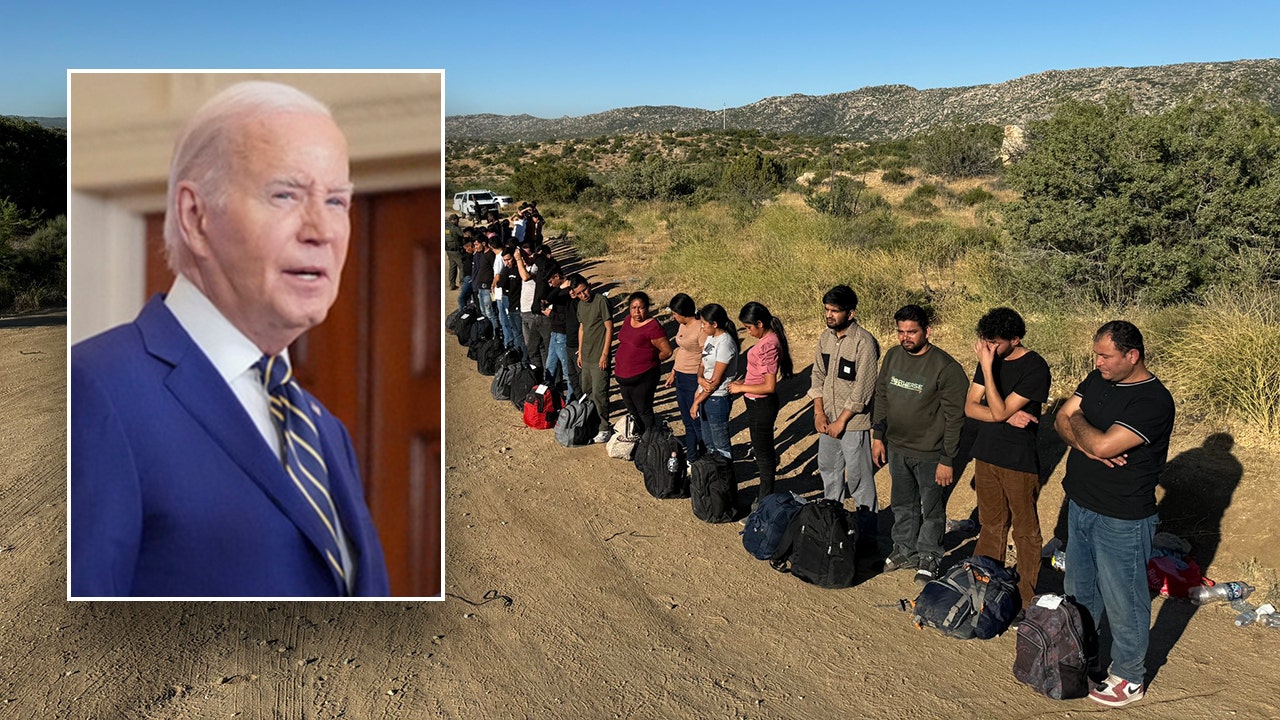
 Politics7 days ago
Politics7 days agoTop federal agency exposed for spending billions on migrants in a single year
